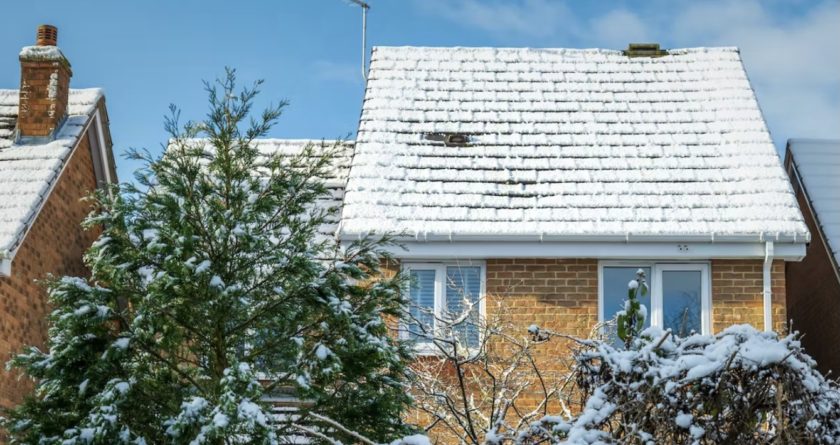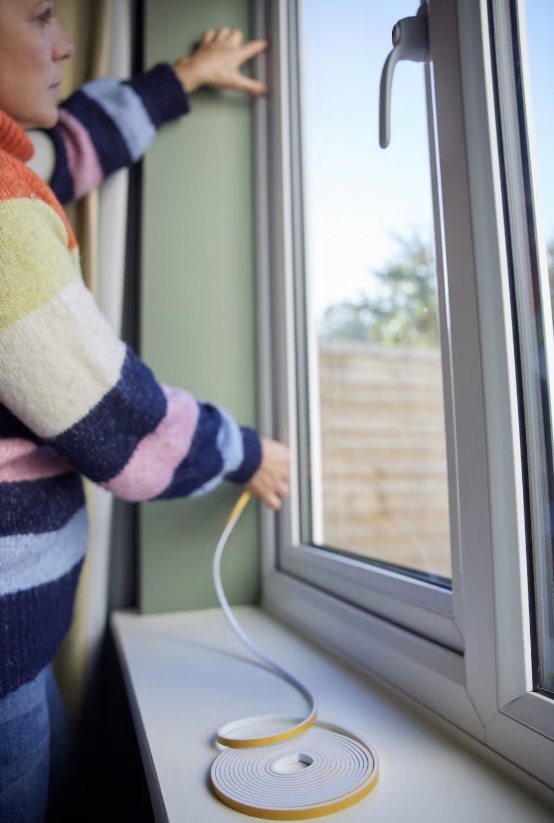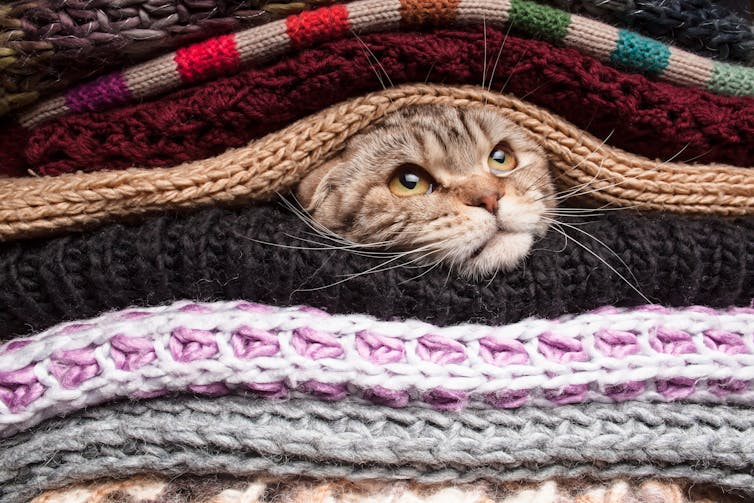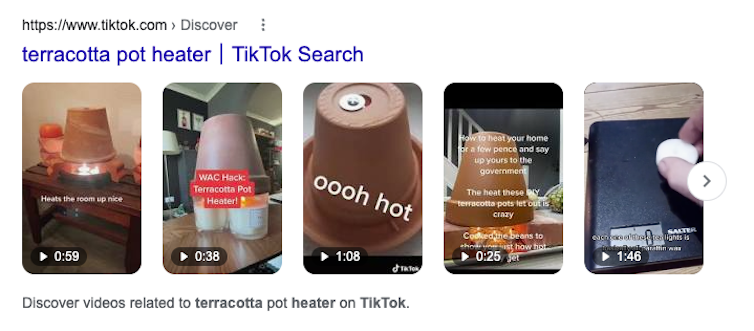How to keep your home warm during very cold weather (on a budget) – and avoid dangerous heating ‘hacks’

By Mari Martiskainen, University of Sussex
A cold snap of Arctic weather dubbed the “Troll from Trondheim” has hit the UK.
The combination of an energy price crisis and very cold weather has left many people worrying about how to keep their homes warm and manage energy bills that have already gone through the roof this winter.
The government has provided some support, but it simply won’t be enough to cover rising costs for many people.
What can we do at home to try and keep warm during a cold snap?
Beyond simply putting the heating on 24/7, there are some things that can help.
And many of the measures are easy to do. As people are considering different ways to keep warm at home, it is also important to do so safely.
| Fix draughts
Keeping draughty air out is a simple and inexpensive way to avoid heat loss and keep your home warmer. Measures include thicker thermal curtains, draught-proofing tape around doors and windows, brush panels on letterboxes and insulating panels behind radiators. The Energy Saving Trust has provided a handy guide for tips on how to prevent draughts while still ensuring good ventilation. Many years ago, I studied a community group in London which organised monthly neighbourhood draught-proofing sessions in which neighbours got together and helped each other out to install draught-proofing measures – could this be an option on your street too? |
 Sealing draughty windows and doors makes a big difference. Daisy Daisy / shutterstock |
Check boiler flow temperature
Heating is the biggest energy user in most homes. If you have central heating, one option often mentioned to save on heating is adjusting the boiler flow temperature, which is the temperature at which water leaves the boiler to reach radiators.
Many boilers have this set at 75°C-80°C by default, and people have been advised to set this lower, depending on what boiler type you have (no lower than 65°C for a conventional boiler with a hot water cylinder to avoid the risk of developing the bacteria that causes Legionnaire’s disease, and between 50°C and 60°C for a combi boiler).
Lowering this temperature can help to save on your energy bills. However, during a cold snap a boiler with a lower flow temperature may have to work harder to heat your home, especially if your home is not energy efficient.
So in very cold weather, you may have to adjust the boiler flow temperature upwards temporarily.
Advice on how to adjust the boiler flow temperature is provided by Which? magazine. It is always advisable to have your boiler, and its flow temperature, checked by a boiler engineer as each home is different.
Servicing your boiler annually will also ensure that it works efficiently. If your boiler is outdated or inefficient, you might consider options to replace your oil boiler, as newer models are often more energy-efficient and could help reduce heating costs in the long run. If you rent your home, your landlord is responsible for any boiler repairs.
Heating the human and room temperature
Keeping warm at home is key to avoiding ill health and just this week, the UK Health Security Agency advised people to keep their room temperature at least at 18℃ and keep bedroom windows shut at night during the cold snap.
While you can save on your energy bill by lowering your thermostat and thus room temperature, during a cold snap your home may feel colder if it is not well-insulated.
There are extra ways you can “heat the human”. These include layering warm clothing and using electric blankets which can keep your body warm and are relatively cheap to run.
Beware of unsafe heating hacks
The internet is full of all kinds of hacks for people to try to keep their homes warm, but it is always advisable to check these with experts and authorities first.
For example, there’s lots of hype about so-called “terracotta heaters”, where a plant pot is placed above candles to supposedly turn it into a DIY extra radiator.
But they are not effective as heaters and are a serious fire risk. Similarly, putting bricks in the oven and then using them as radiators is not a good idea.
Many of us love candles and the ambience they bring, but equally they are one of the most common causes of fire at homes.
So if you use candles, ensure that those are used safely and not left unattended. Fireplaces and wood burning stoves need careful use as the way we burn wood affects both indoor and outdoor air quality.
There is a valuable guide from the government on how to burn wood the right way.
Ask for further help
Many more homes are facing higher energy bills this winter, yet some people still find it hard to ask for help. There are several organisations that you can go to, starting for example with your local Citizens Advice.
They can help check that people are getting all the government help that they are eligible for this winter and how to deal with potential energy bill debt.
They can also talk through any grants that may be available for energy efficiency improvements. Speaking to a local MP is an option too. Colleagues and I have produced a briefing aimed at MPs on the importance of fixing fuel poverty.
Finally, more than 3,000 organisations have set up Welcome Warm Spaces across the UK, for example in local churches, community centres and village halls, to provide a warm and friendly space this winter.
It is vital that anyone struggling to keep warm, or to pay their energy bill, seeks help early to avoid long-term impacts on wellbeing. We can also all help to check that our colleagues, neighbours, family and friends are managing too.![]()
Mari Martiskainen, Professor of Energy and Society, University of Sussex
This article is republished from The Conversation
Spotted something? Got a story? Email: [email protected]
Latest News


